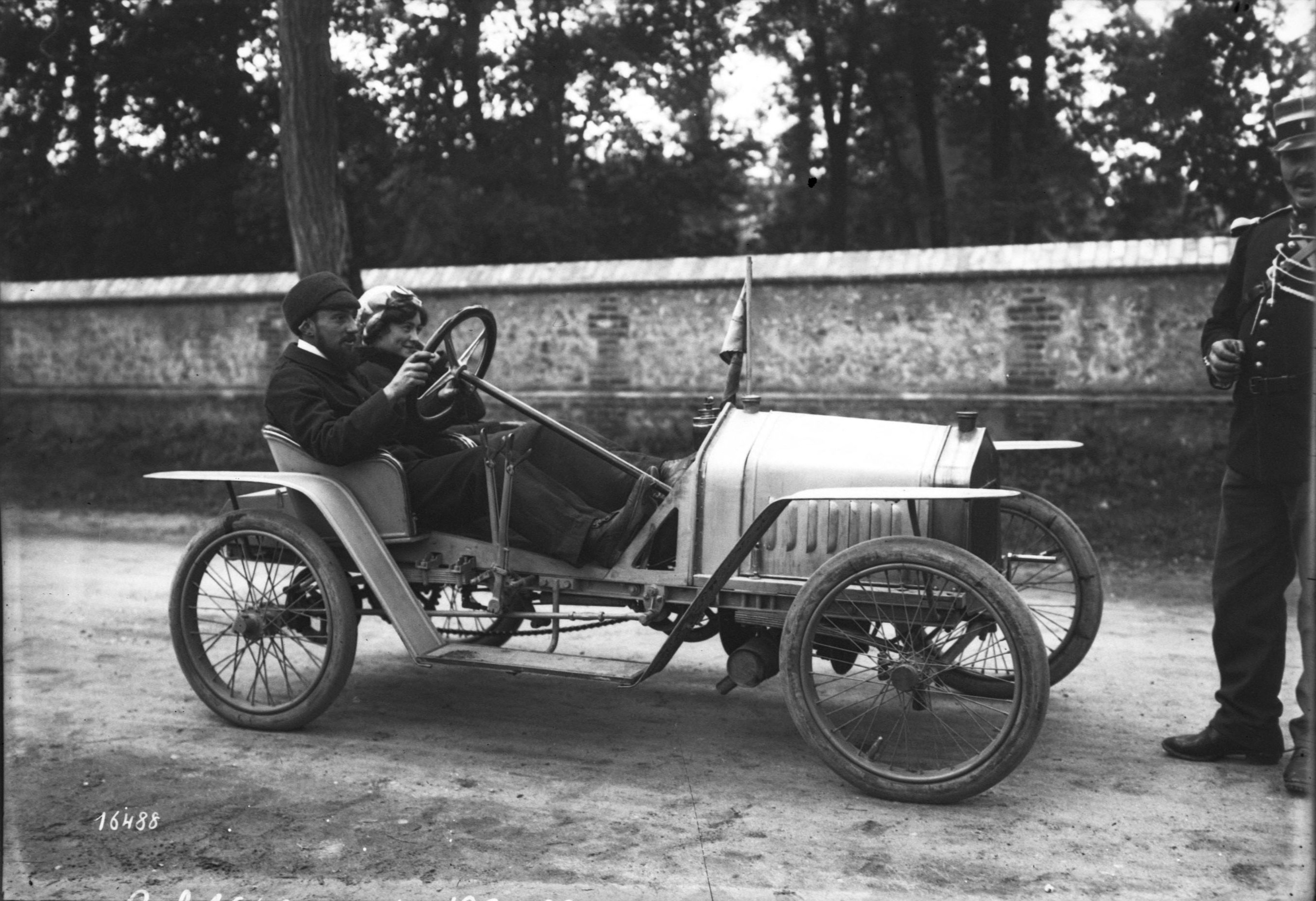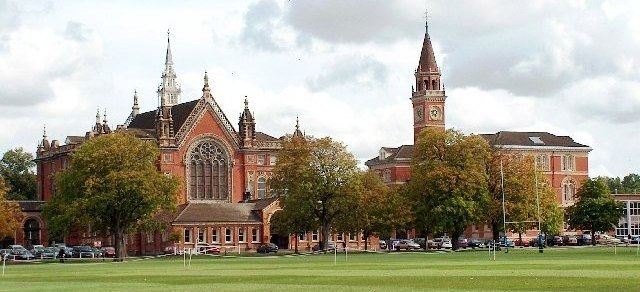|
LAD (car)
The LAD was a British cyclecar made between 1913 and 1926. The car was originally made by the Oakleigh Motor Company of West Dulwich, London and was usually fitted with a single seater body although a few two seaters were made. Power came from a single cylinder Stag engine and drive was to the rear wheels by chain. There was only a single forward speed and no reverse so a gearbox was not used. Production stopped on the outbreak of war. The car was revived in 1923 by LAD Productions of Farnham, Surrey in 1923 and the original was joined by a 350 cc twin cylinder engined model but the launch of the Austin 7 took away the market for such cars and the company closed in 1926. See also * List of car manufacturers of the United Kingdom References *Beaulieu Encyclopedia of the Automobile. G.N. Georgano George Nicolas "Nick" Georgano (29 February 1932 – 22 October 2017 [...More Info...] [...Related Items...] OR: [Wikipedia] [Google] [Baidu] |
Cyclecar
A cyclecar was a type of small, lightweight and inexpensive car manufactured in Europe and the United States between 1910 and the early 1920s. The purpose of cyclecars was to fill a gap in the market between the motorcycle and the car. A key characteristic was that it could only accommodate two passengers sitting tandem style or passenger behind the driver. The demise of cyclecars was due to larger cars – such as the Citroën Type C, Austin 7 and Morris Cowley – becoming more affordable. Small, inexpensive vehicles reappeared after World War II, and were known as microcars. Characteristics Cyclecars were propelled by engines with a single cylinder or V-twin configuration (or occasionally a four cylinder engine), which were often air-cooled. Sometimes motorcycle engines were used, in which case the motorcycle gearbox was also used. All cyclecars were required to have clutches and variable gears. This requirement could be fulfilled by even the simplest devices su ... [...More Info...] [...Related Items...] OR: [Wikipedia] [Google] [Baidu] |
Dulwich
Dulwich (; ) is an area in south London, England. The settlement is mostly in the London Borough of Southwark, with parts in the London Borough of Lambeth, and consists of Dulwich Village, East Dulwich, West Dulwich, and the Southwark half of Herne Hill (which is often referred to as the North Dulwich triangle). Dulwich lies in a valley between the neighbouring districts of Camberwell (to the west), Crystal Palace, Denmark Hill, Forest Hill, Peckham, Sydenham Hill, and Tulse Hill. For the last four centuries Dulwich has been centred on the College of God's Gift, also known as the "Old College", which owned most of the land in the area today known as the Dulwich Estate. The College, founded with educational and charitable aims, established three large independent schools in the 19th century (Dulwich College, Alleyn's School and James Allen's Girls' School). In recent decades four large state secondary schools have opened in the area (The Charter School East Dulwich, The Chart ... [...More Info...] [...Related Items...] OR: [Wikipedia] [Google] [Baidu] |
Farnham
Farnham ( /ˈfɑːnəm/) is a market town and civil parish in Surrey, England, around southwest of London. It is in the Borough of Waverley, close to the county border with Hampshire. The town is on the north branch of the River Wey, a tributary of the Thames, and is at the western end of the North Downs. The civil parish, which includes the villages of Badshot Lea, Hale and Wrecclesham, covers and had a population of 39,488 in 2011. Among the prehistoric artefacts from the area is a woolly mammoth tusk, excavated in Badshot Lea at the start of the 21st century. The earliest evidence of human activity is from the Neolithic and, during the Roman period, tile making took place close to the town centre. The name "Farnham" is of Saxon origin and is generally agreed to mean "meadow where ferns grow". From at least 803, the settlement was under the control of the Bishops of Winchester and the castle was built as a residence for Bishop Henry de Blois in 1138. Henry VIII is thou ... [...More Info...] [...Related Items...] OR: [Wikipedia] [Google] [Baidu] |
Austin 7
The Austin 7 is an economy car that was produced from 1923 until 1939 in the United Kingdom by Austin. It was nicknamed the "Baby Austin" and was at that time one of the most popular cars produced for the British market and sold well abroad. Its effect on the British market was similar to that of the Model T Ford in the US, replacing most other British economy cars and cyclecars of the early 1920s. It was also licensed and copied by companies all over the world. The first BMW car, the BMW Dixi, was a licensed Austin 7. In France they were made and sold as Rosengarts, and in the United States they were built by the American Austin Car Company. In Japan, Nissan also used the 7 design as the basis for their first cars, although not under licence. This eventually led to a 1952 agreement for Nissan to build and sell Austins (which were now being made under the British Motor Corporation) in Japan under the Austin name. Many Austin 7s were rebuilt as "specials" after the ... [...More Info...] [...Related Items...] OR: [Wikipedia] [Google] [Baidu] |
List Of Car Manufacturers Of The United Kingdom
:''This list is incomplete. You can help by adding correctly sourced information about other manufacturers.'' As of 2018 there are approximately 35 active British car manufacturers and over 500 defunct British car manufacturers. This page lists car manufacturers that build or built cars in the United Kingdom. Major current marques Current manufacturers ;A * AC (1908–present) *Alvis (2012–present) *Arash (2006–present) *Ariel (1999–present) *'' Aston Martin'' (1913–present) *Atalanta Motors (2011–present) ;B *'' Bentley Motors'' (1919–present) *Bowler Offroad (1985–present) *BAC (2009–present) * Brooke (1991–present) ;C *Caterham (1973–present) ;D * David Brown (2013–present) ;E * Eagle E-Types (2013–present) * Elemental Cars (2014–present) ;G * Gibbs (2004–present) *Ginetta (1957–present) *Grinnall (1993–present) *Gardner Douglas Sports Cars (1990–present) *Great British Sports Cars (2006–present) ;H * Hawk (1986–present) ... [...More Info...] [...Related Items...] OR: [Wikipedia] [Google] [Baidu] |
Cyclecars
A cyclecar was a type of small, lightweight and inexpensive car manufactured in Europe and the United States between 1910 and the early 1920s. The purpose of cyclecars was to fill a gap in the market between the motorcycle and the car. A key characteristic was that it could only accommodate two passengers sitting tandem style or passenger behind the driver. The demise of cyclecars was due to larger cars – such as the Citroën Type C, Austin 7 and Morris Cowley – becoming more affordable. Small, inexpensive vehicles reappeared after World War II, and were known as microcars. Characteristics Cyclecars were propelled by engines with a single cylinder or V-twin configuration (or occasionally a four cylinder engine), which were often air-cooled. Sometimes motorcycle engines were used, in which case the motorcycle gearbox was also used. All cyclecars were required to have clutches and variable gears. This requirement could be fulfilled by even the simplest devi ... [...More Info...] [...Related Items...] OR: [Wikipedia] [Google] [Baidu] |




